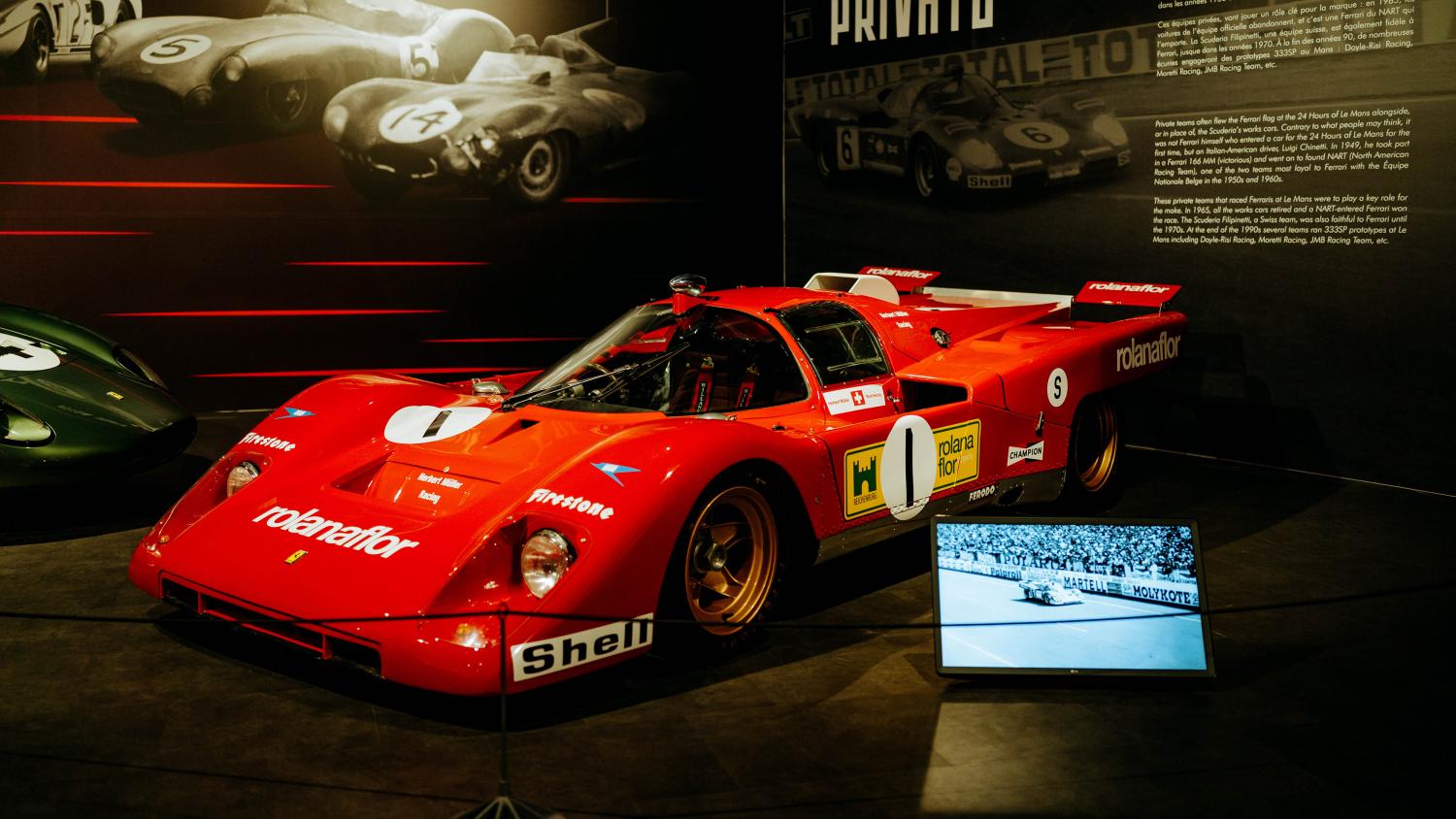In the annals of automotive history, a few names stand out like monolithic beacons of engineering prowess, speed, and beauty. And one such name that reverberates through the cavernous halls of car culture is Ferrari. Synonymous with speed and sensuality, Ferraris have been revered as much for their power as for their artistic prowess. One model that captured the hearts of enthusiasts and testifies to this heritage is the 1970 Ferrari 512 M.
From the thunderous racetracks to prestigious auctions and private collections, the 512 M has cemented its place in the pantheon of automotive legends and continues to set pulses racing. This article is a deep-dive into the Ferrari 512 M, exploring its origins, technical specifications, legacy, and why it remains an object of desire for aficionados worldwide.
Read more: 250 gto
The Genesis of a Prancing Horse Legend
The Ferrari 512 M was lauded as the successor to the renowned 21-cylinder endurance racers, the 330 P4 and 5. Capturing the essence of the Italian marque, the 512 M, with its V12 engine positioned amidships, was a powerhouse of performance with an alluringly curvaceous body. It made its grand entrance in 1970, a time when the endurance racing scene was fiercely contested by legendary marques and drivers.
Power and Precision: Technical Marvels of the 512 M
To understand the allure of the 512 M, one must appreciate the technical achievements beneath its skin. The heart of the beast was a 5.0-liter, 12-cylinder engine, capable of producing 550 horsepower. This colossal powerplant, coupled with a top speed of over 200 mph, ensured that the 512 M was as formidable on the Mulsanne straight as it was scenic on the coast road.
The 512 M wasn’t just about brawn; its chassis and suspension were a masterclass in fine-tuning. The tubular spaceframe was both lightweight and rigid, while the independent suspension setup was as good at taming the curves as it was at hugging them. The iconic Scuderia’s emblem on the bodywork was more than a badge; it was a testament to the blend of precision engineering and race-proven technology.
Racing Pedigree and Triumphs
The 512 M was tailor-made for endurance racing, and that’s exactly where it amassed its laurels. It inherited the DNA of ferocious competition from the P4 and 5, and on the track, it didn’t just compete; it dominated. Its inaugural race was the classic 24 Hours of Daytona, where it placed 6th overall. It then went on to win the 12 Hours of Sebring, etching its name in the annals of motorsport endurance achievements.
Cultural Iconography and Collectibility
Beyond its prowess on the track, the 1970 Ferrari 512 M has garnered its reputation as a cultural icon. It’s been featured in several movies, firmly embedding its sleek silhouette in the popular imagination. Today, it stands as a highly sought-after collectible, commanding astronomical figures at auctions and private sales. Owning a 512 M is akin to possessing a canvas of a master painter; it is the epitome of automotive art.
Endurance and Elegance: The 512 M’s Legacy
The 512 M was more than just a racing car. It was a statement, a roaring testament to Ferrari’s relentless pursuit of excellence. Its legacy lives on not only in the trophies it amassed but also in the silhouette that continues to captivate. For enthusiasts, it remains an aspirational icon, a touchstone for what an automobile should be – a harmonious blend of power, engineering, and aesthetic.
In conclusion, the 1970 Ferrari 512 M stands as a stark reminder of an era where cars were not just modes of transport but manifestations of human ingenuity and passion. It is an emblem of timeless beauty and technical acumen, which merge seamlessly in the pursuit of speed. Whether it’s the thunder on the track or the admiring glances on the concourse, the 512 M continues to captivate, just as it did on the day it first turned a wheel in anger.

